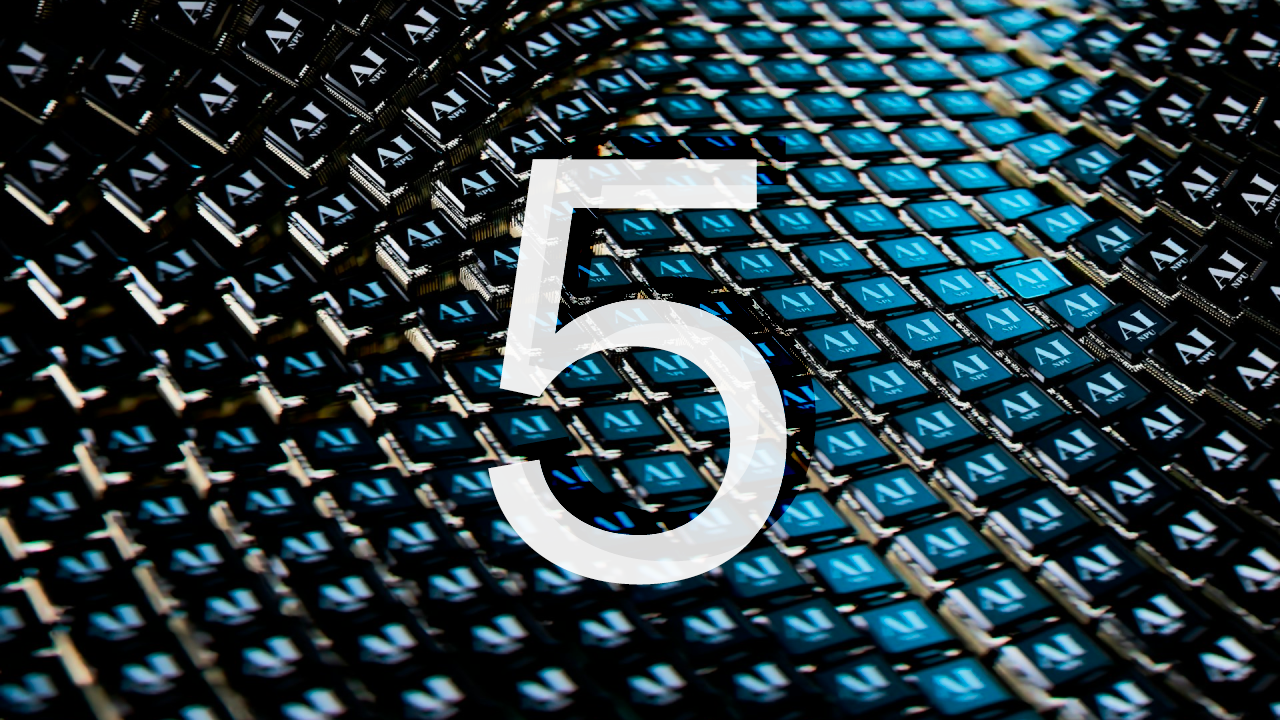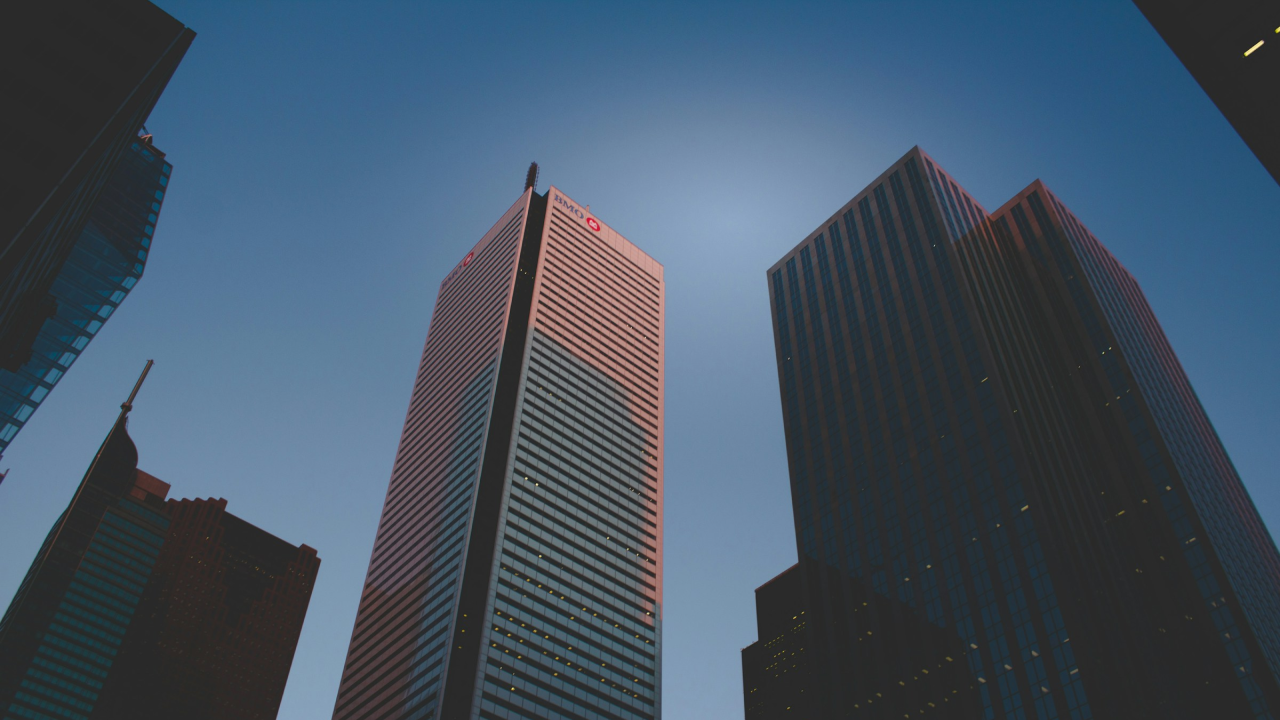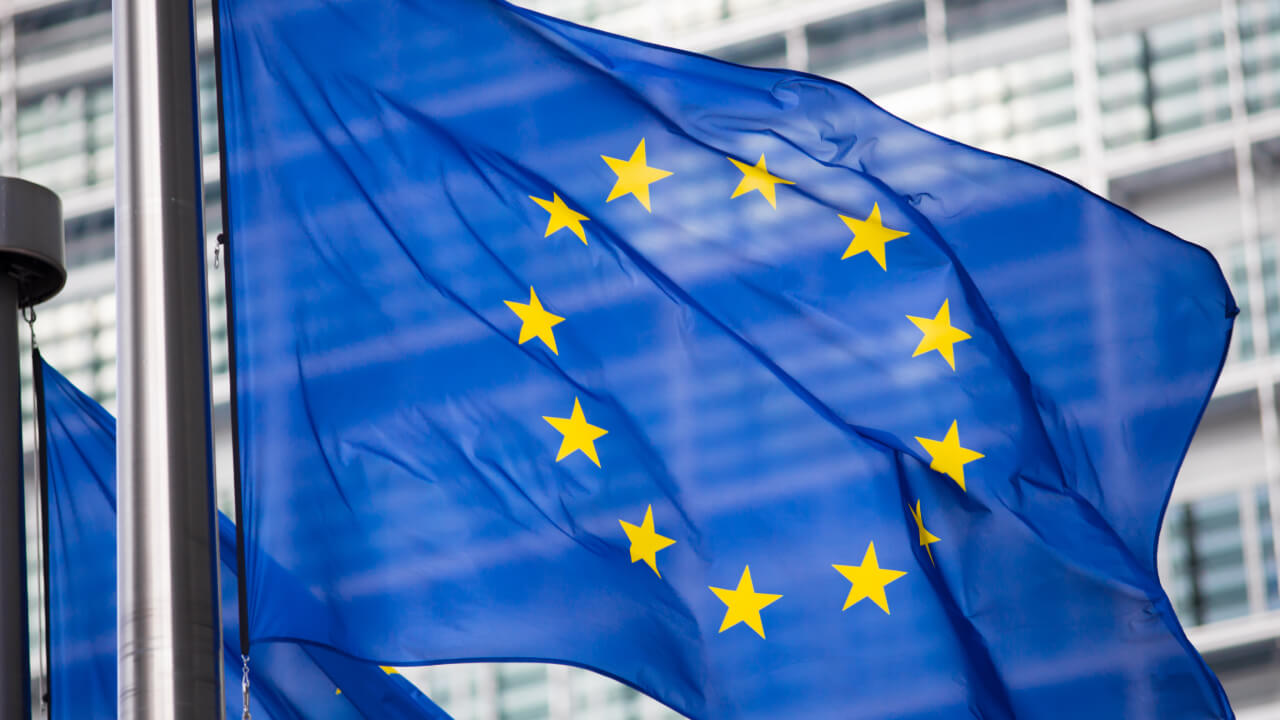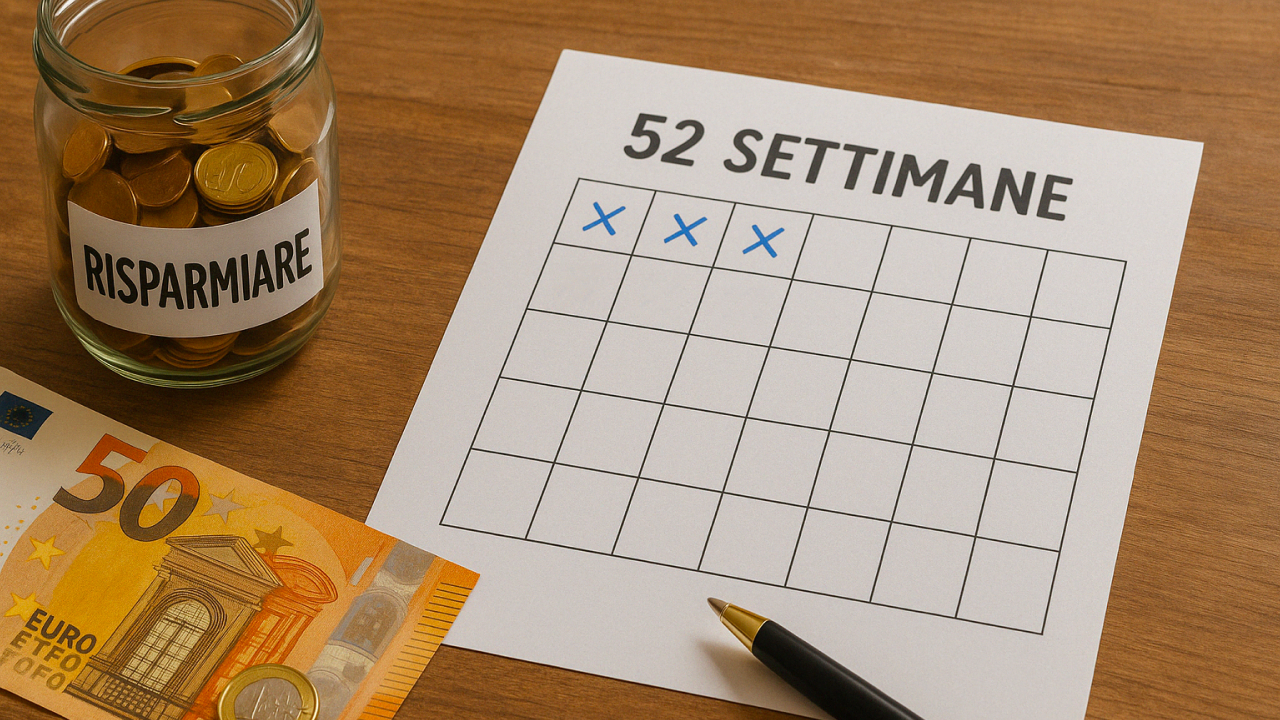Labubu: The Viral Soft Toys Loved by the Stars. Is the “Lipstick Effect” at Play?
Have you ever noticed how specific trends suddenly go viral on social media? Well, “Labubu” is the latest sensation capturing everyone’s attention. These furry little creatures have quickly become fixtures on the bags of the world’s most celebrities, dominating TikTok and creating a buzz at major fashion week events.
But what exactly are Labubu? How did they rise from being simple keychains to coveted status symbols? And, most importantly, how does this phenomenon relate to the economic theory known as the “lipstick effect”?
The history of the Labubu
To fully understand what Labubu is, we should start with their origin as plush puppets initially created as cute key rings. These key rings can be attached to backpacks, bags, or anywhere you want to add a touch of extravagance. A notable episode in Italy illustrates the popularity of this phenomenon. Picture this: in Milan, on Corso Buenos Aires – one of the prime shopping destinations – a queue stretching a kilometre long formed at dawn in front of the Pop Mart store, a Chinese giant in the collectable toy industry. This long line was reminiscent of hype surrounding an iPhone launch or a rock star concert. The reason for such excitement? The arrival of the latest and highly anticipated Labubu collection. This event even piqued the interest of those who had never heard of these furry little monsters before.
Who is responsible for the creation of these now-viral objects of desire? The father of the Labubu is Kasing Lung, an artist originally from Hong Kong. These puppets are not solitary beings; they belong to a much larger universe filled with a variety of little monsters, collectively known as “The Monsters.”
Artistically speaking, what makes the Labubu particularly fascinating is its ability to blend two styles that might initially seem contradictory. On one hand, there are the oriental influences stemming from the artist’s heritage, and on the other, the imagery drawn from Nordic European fairy tales. Kasing Lung is intimately familiar with this latter world, having spent part of his childhood in Belgium.
Interestingly, the Labubu is not a recent creation; the first models were introduced in 2015. However, it wasn’t until 2019 that Pop Mart recognised their potential, acquiring the rights and preparing them for a leap to global fame.
But why does everyone go crazy over a Labubu?
Labubu’s rise to popularity has been notable for some time, but the real surge—what can be described as a tsunami—has a specific epicentre: the social media profile of Lisa Manoban, the charismatic rapper and singer of Blackpink, the most famous and influential K-Pop girl group in the world. Lisa, who also starred in the acclaimed latest season of *The White Lotus*, has played a pivotal role in this phenomenon.
Towards the end of 2024, she began sharing her passion for small animals with her millions of followers, regularly showcasing them as fashionable accessories at glamorous events, often attached to her designer bags. The effect was profound: an unstoppable media wave, one that only social networks, with their viral power, can generate and amplify.
From that point onward, a collective frenzy ensued. Other international divas, such as Dua Lipa, Kim Kardashian, Selena Gomez, and Rihanna, began sporting these unique accessories, attaching them to their fashionable bags. The result? An unprecedented Labubu hunt, leading to a staggering increase in the prices of the rarest specimens and limited editions. These items have now become authentic collectors’ pieces and lucrative investments.
Does the Labubu phenomenon mean recession?
Now, let’s delve into the less glamorous yet more intriguing aspect of this phenomenon: its potential connection to the current period of economic uncertainty, or even outright recession. This seemingly strange link can be explained by an economic concept known as the “lipstick effect.” Don’t worry; you don’t need an economics degree to grasp it! In short, this theory outlines a tendency that has been observed throughout history: during times of economic crisis, consumers tend to prefer purchasing cheaper and more accessible luxury goods. When finances are tight and larger purchases, such as a new car or a house, feel out of reach, we often seek small comforts—little luxuries that provide a sense of satisfaction without significantly impacting our budgets.
The concept of lipstick as an economic indicator, known as the “lipstick effect,” originated from observations made by Leonard Lauder, the son of Estée Lauder and chairman emeritus of the Estée Lauder Companies. This idea gained popularity during the recession that followed the September 11, 2001, attacks and the beginning of the war in Afghanistan. Lauder noticed an interesting trend: while many sectors of the economy struggled and demand for luxury goods declined, sales of cosmetics—especially lipsticks—remained steady and even increased. It’s intriguing, isn’t it? After all, lipstick is not a basic necessity.
The idea that small luxuries can play a significant role during difficult times isn’t entirely new. For instance, it is said that Winston Churchill, during the Second World War, chose to exclude cosmetics from rationing. He reasoned that these products were essential for maintaining the morale of the population, particularly women, during a time marked by immense sacrifices and concerns. Allowing for a small act of normalcy and self-care helped people cope in a world turned upside down.
Why do lipsticks, and by extension, other small pleasures like Labubu today, become “crisis-proof” goods? The answer lies in the psychological gratification that comes from purchasing something that satisfies a small desire or vanity, especially when we have to give up so much else. During times of crisis, when morale is often low and worries about financial security are prevalent, buying a product that appeals to the aesthetic sphere or personal pleasure can significantly boost one’s mood.
A branded lipstick, a fragrance, or a cute accessory like a Labubu, while not strictly necessary, serve as affordable luxuries that provide a sense of pampering and help one feel more at ease. Sometimes, people forgo their usual inexpensive options to indulge in a slightly more expensive and desirable version of these small luxuries. This behaviour is known as compensatory consumption: I may not be able to afford a thousand-euro designer bag, but I can attach a collector’s Labubu to my existing bag, which yields a similar, albeit lesser, dopamine rush.
Social dynamics also play an essential role in this phenomenon. Maintaining a certain aesthetic standard or possessing trendy items can help preserve self-esteem and foster a sense of belonging.
The effects of consumer behaviour observed in previous years are still evident today. Market data from 2022- 2023, analysed by companies like Circana, reveals that sales of beauty products have continued to grow, including a notable increase in luxury cosmetics, despite a challenging global economic environment.
To understand the connection between these cute (and often pricey for collectors!) Labubu puppets and the economy make it clearer that they may represent a ‘lipstick effect’ 2.0. This phenomenon suggests that, similar to the past with lipsticks, people are seeking small joys and affordable status symbols as a way to momentarily escape the complexities and uncertainties of the world around them.












